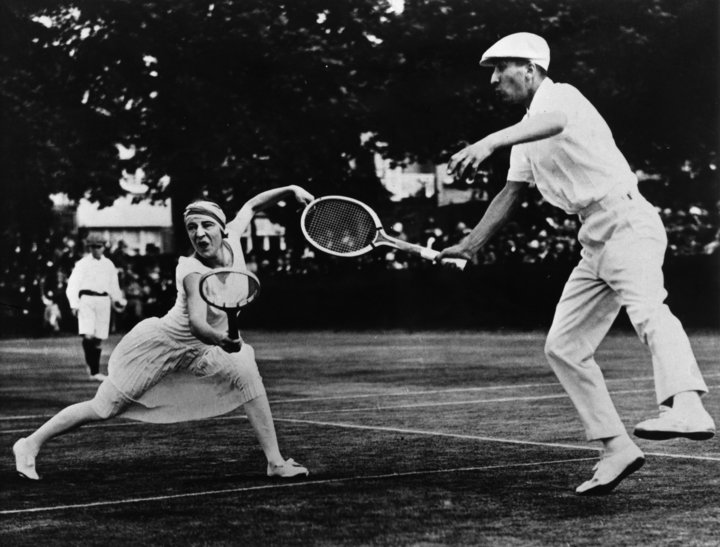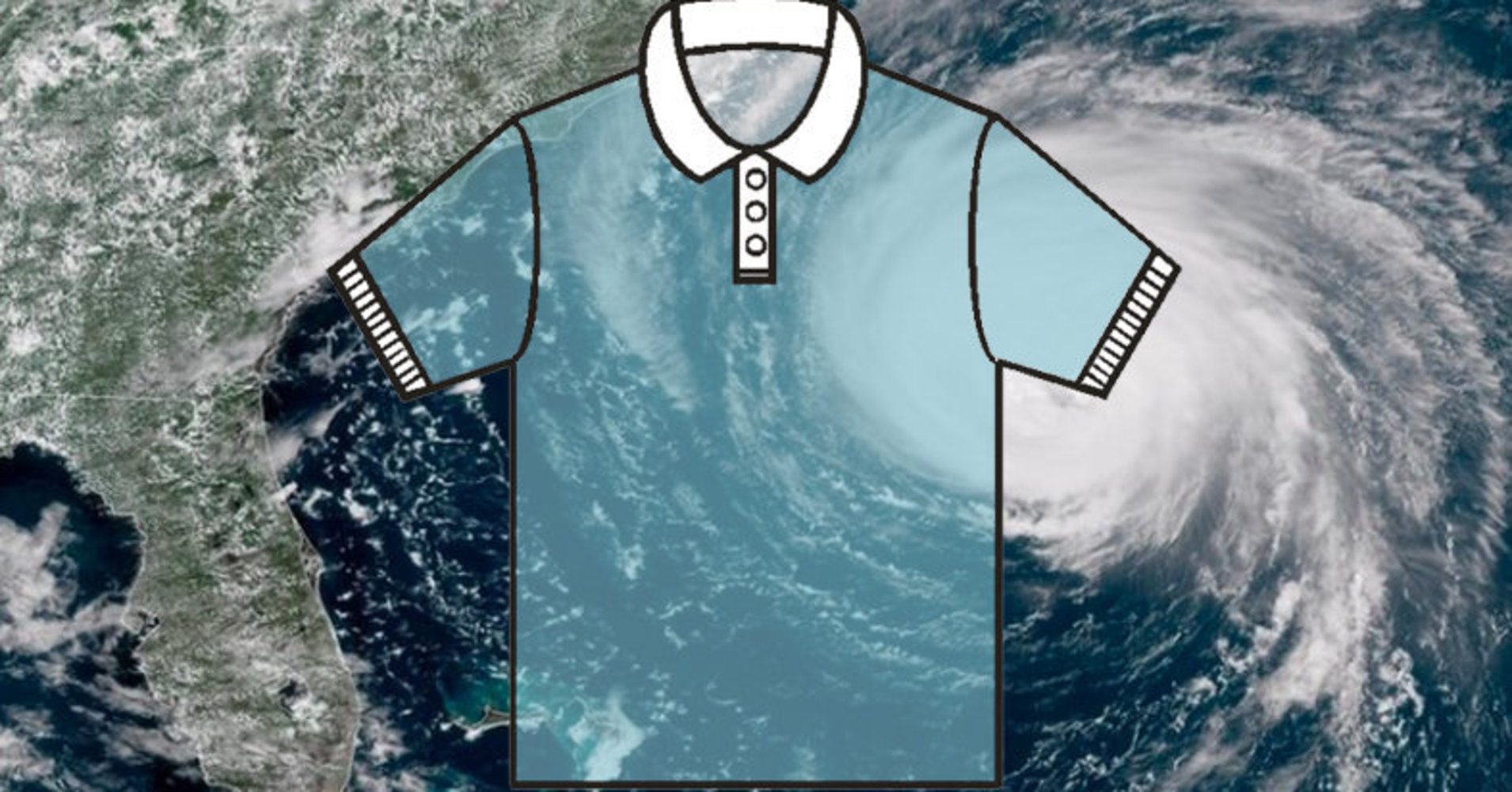[ad_1]
The only thing in the Carolinas having a good week is the polo shirt. As Tropical Storm Florence bore down on the region, the polo became a symbol of a sort of chesty watchfulness.
CNN’s Anderson Cooper wore one. Don Lemon wore one. Chris Cuomo wore one, too.
It was as if a memo had gone out:
This was something of a brand reversal for the beleaguered polo. The loosely knit, piqué cotton garment has long had a bit of an image problem. Popularized by Ivy League douchebags, 1980s rom-com villains and, most recently, members of the alt-right, it is the rare shirt style to offer sophistication, comfort and a breathable sense of white supremacy. The collar can be peacocked skyward to protect the neck of the shirt’s wearer from the Nantucket sun, a useful bit of signaling that informs passersby that the man beneath the shirt is quite possibly a prick.
But Florence arrived, and all the old associations went on hiatus. Now the polo shirt was the unofficial uniform of the rugged men who’d come to the Outer Banks to cover Mother Nature’s wrath. It was the ensemble of the good guy.
It remains unclear why exactly male news anchors opt to mix up their wardrobes during natural disasters, especially since many of their segments are filmed in a studio. Whatever the reason, it’s an adorably performative gesture (or perhaps it’s part of a grand strategy concocted by Big Polo). It also doesn’t hurt that so many broadcast reporters have nice arms, too often sheathed within billowing sleeves.

ullstein bild via Getty Images
There’s a certain seasoned nonchalance polo shirts evoke in this particular environment. It feels as if the bold anchors, rushing to report on a breaking story, didn’t have time to button up a whole button-down. The shirt’s usual air of stuffiness is replaced with a manly gusto.
When tennis champ René Lacoste designed the first polo shirt in 1926, he hoped the garment would provide professional tennis players with what previous shirt styles did not: comfort, breathability, mobility and style. The loosely knit piqué cotton tops with their unstarched collars took off among tennis players, with polo and golf adherents soon following suit. Before long, polos were the chosen athletic ensembles of the upper crust.
In August 2017, polos’ already lackluster reputation took a turn for the worse when hoards of white nationalists descended upon Charlottesville, Virginia, clad in piqué cotton, chanting epithets including “Jews will not replace us.” One protester removed his white polo shirt to shirk his alt-right persona and hide from the proliferating counterprotesters.

Emily Molli/NurPhoto via Getty Images
Things are a bit different now. CNN anchor Chris Cuomo was the first to receive rave reviews for his choice in top. One enthusiastic news viewer tweeted: “If @ChrisCuomo is going to be reporting on the Hurricane today in that Polo shirt and shorts on the beach? I’m gonna be watching CNN ALL DAY!!!”
When Cuomo later opted for a looser-fitting top, the people noticed. “Aw, bigger polo shirt today,” a polo fan tweeted. “I respect that he didn’t want to distract from the hurricane. Doesn’t mean I’m not disappointed.”
At long last, polo shirts weren’t just the preferred garments of rich guys who think the best way to carry a sweater is by draping it around their necks like little capes. The polo was the choice of dogged reporters, servants of the people, dressing down a bit while still keeping it classy. The mind reeled at the thought of all the great moments in broadcast journalism that might’ve been enlivened by the presence of a reporter’s bare arms. Dan Rather getting his two-button placket ripped up at the Democratic National Convention. Ed Murrow covering the blitz in an H&M slim-fit. This is … my bicep.
I give the last word to one polo-obsessed Twitter user: “Regarding future hurricane coverage videos. I can only take you seriously if you’re wearing a tight-fitting polo shirt and a baseball cap which I expect you to try and hold on to regardless of wind speed. Please and thank you.”
[ad_2]
Source link

